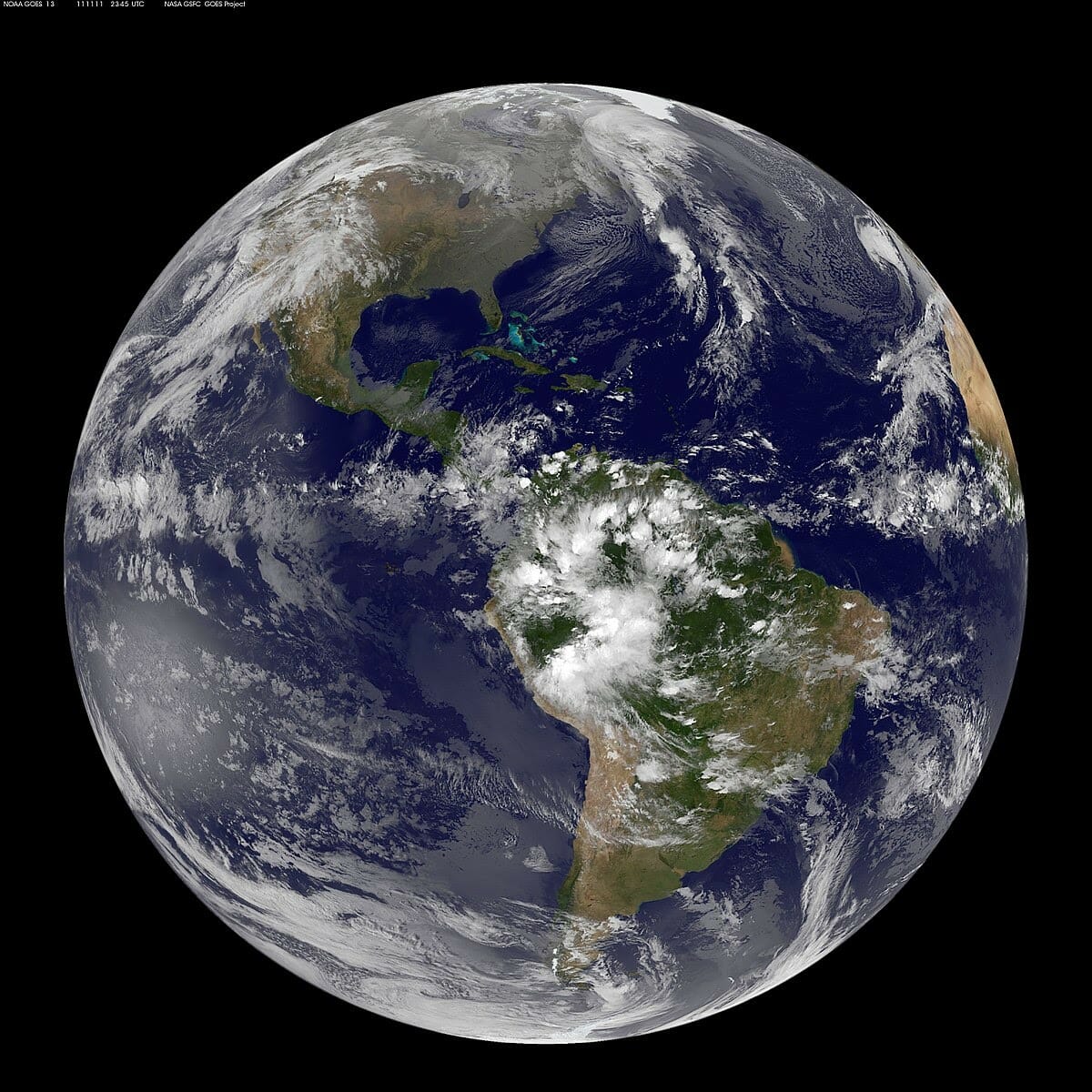Amid the hardships of the ongoing COVID-19 crisis, its effects on the climate seem to create a break in the clouds.
With lockdowns in place, most roads are deserted, many airplanes remain grounded, and cities resemble ghost towns, causing greenhouse gas emissions to plummet. But only temporarily.
China’s carbon emissions fell by 25% and satellites show nitrogen dioxide diminishing in Europe, reports NBC. Skies Los Angeles are now visible. and there is a 50% drop in New York’s pollution levels.
A public health crisis in which lives and jobs are lost is hardly a sustainable way to reduce emissions. How countries manage this economic blow is essential.
If the past is any indication, positive changes can be undone by efforts to jump-start companies that have buckled.
According to the BBC, during the financial crisis of 2008, emissions declined similarly, but countries soon began burning more fossil fuels in an attempt to revive their economies. Even China passed the least environment-friendly stimulus program in history.
Last month, the Environmental Protection Agency confirmed that Trump has loosened restrictions to help polluting industries. Gina McCarthy, director of the EPA in the Obama administration, labeled the report “a license to pollute.”
Despite the adverse outlook for our planet, there exists a gleam of hope.
The COVID-19 pandemic shows that most people are willing to make drastic changes in a time of crisis, suggesting that action of a similar extent can be taken for the climate.
Will this hopeful prospect produce long-term effects, or will it be remembered as a green hiatus followed by polluted skies?
It is up to us to determine our new normal.








